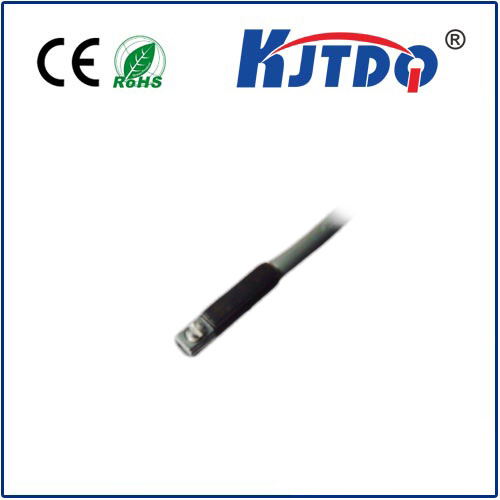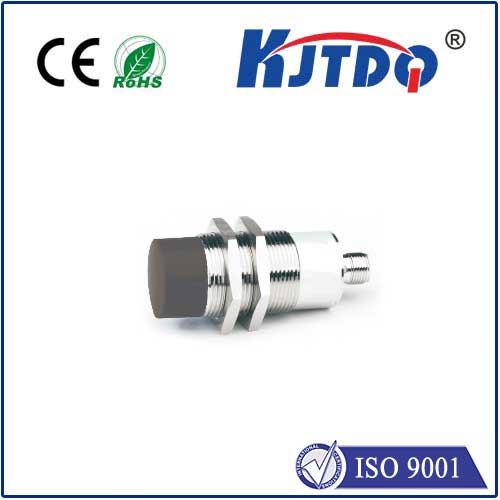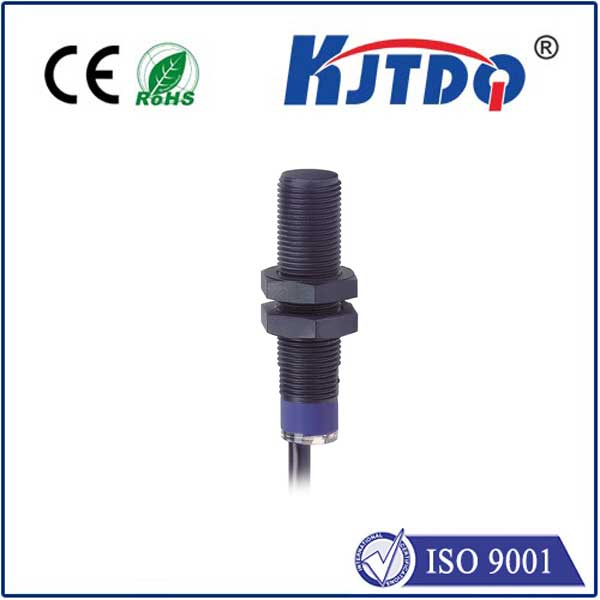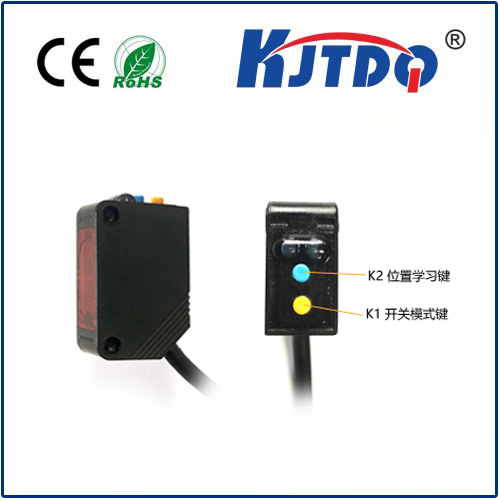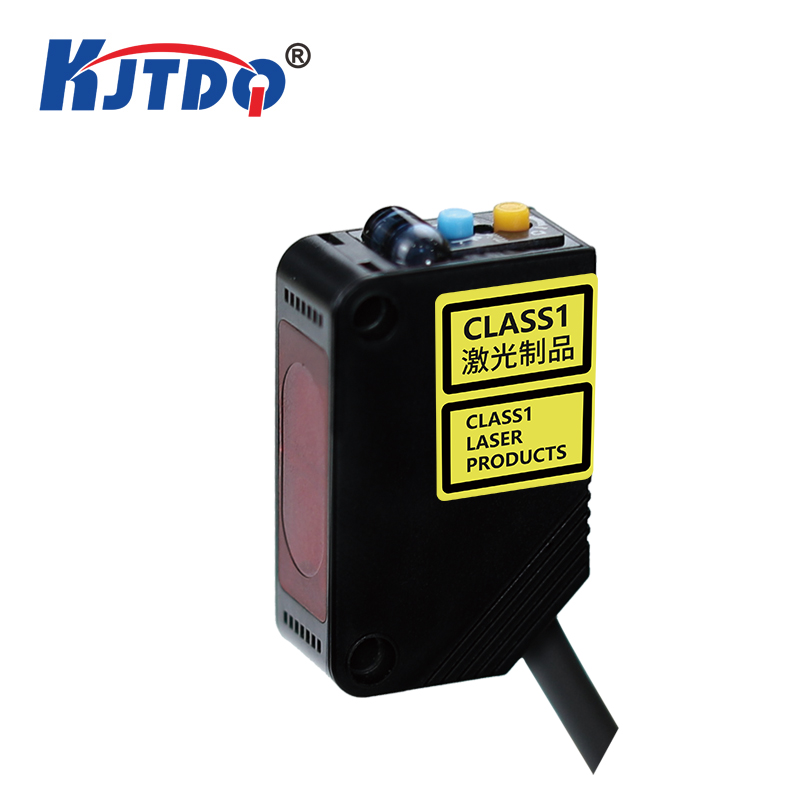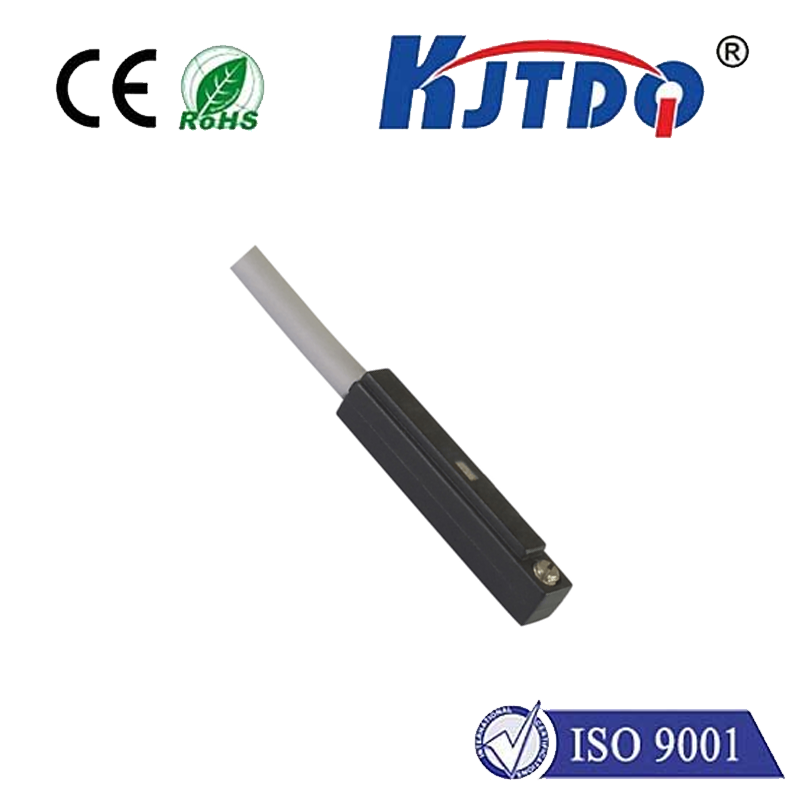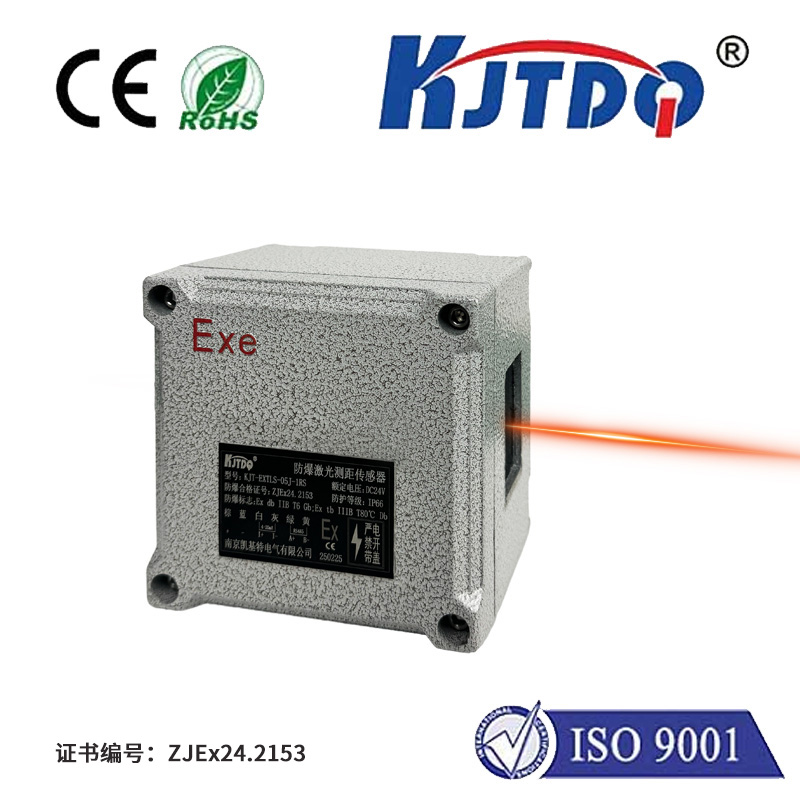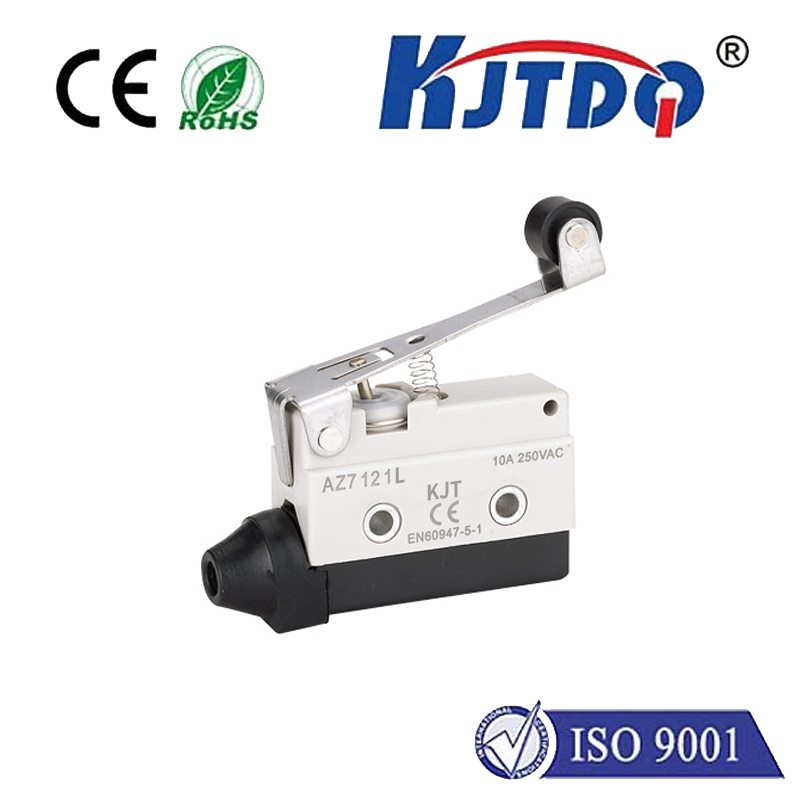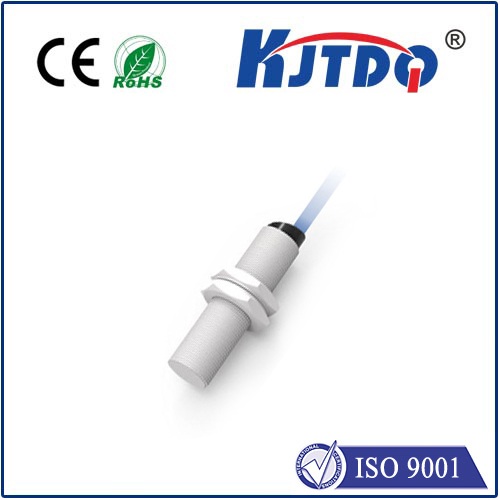voltage sensors
- time:2025-08-23 04:31:56
- Click:0
Voltage Sensors: The Unseen Guardians of Power, Safety, and Efficiency
Imagine a complex industrial machine humming along, processing materials at breakneck speed. Suddenly, a critical component fails, triggering costly downtime and potential safety hazards. Or picture charging your brand-new electric vehicle, hoping for a quick top-up, only to worry about potential battery damage from unforeseen voltage anomalies. What silent sentinel could have prevented such scenarios? Enter the indispensable world of voltage sensors, the fundamental technology ensuring the safe, efficient, and reliable operation of virtually every electrical and electronic system we depend on.
Demystifying the Core Function: Measuring the Invisible
At their essence, voltage sensors perform a crucial, yet often overlooked, task: accurately measuring the electrical potential difference between two points in a circuit – essentially, quantifying the “push” driving electrons. Unlike directly measuring current, which involves breaking the circuit, voltage measurement typically aims for minimal intrusion. The core challenge lies in safely acquiring this voltage information, especially when dealing with potentially dangerous high voltages or circuits requiring isolation, and then converting it into a standardized, lower-level signal that control systems or displays can use without risk. This process, known as signal conditioning, is fundamental to their operation.
Diverse Architectures for Demanding Applications
No single solution fits all voltage measurement needs. The choice of voltage sensor hinges on factors like voltage level, required accuracy, isolation needs, physical size constraints, cost, and environmental conditions. Key categories include:

- Direct Measurement (Low Voltage/Safe Circuits): Primarily using simple resistive voltage dividers. This is common in battery monitoring circuits, low-voltage DC power supplies, or specific sections of printed circuit boards (PCBs), where high precision isolation isn’t paramount.
- Isolated Voltage Sensors (High Voltage/Critical Safety): This is where voltage sensors truly shine for safety and system protection. They incorporate barriers to prevent dangerous voltages from reaching control circuits or personnel.
- Optocoupler (Opto-isolator) Based: Uses an internal LED driven by the input voltage and a phototransistor/photodiode to create a light-based isolation barrier. Simple and cost-effective for moderate accuracy needs.
- Hall Effect Sensors: Detect the magnetic field generated by current flowing through a conductor. While primarily current sensors, specialized configurations can infer voltage through known impedance (Ohm’s Law: V = I * R), often found within integrated voltage sensing modules.
- Capacitive Isolators: Utilize high-voltage capacitors within the sensor package to transmit the measurement signal across an isolation barrier via electric fields. Offer high isolation ratings and excellent noise immunity.
- Isolated Amplifiers/Converters (ICs): Sophisticated integrated circuits combine high-impedance input circuits with robust isolation technologies (like capacitive or magnetic) and on-board signal conditioning. These deliver high accuracy, excellent noise rejection, wide bandwidth, and standardized analog or digital outputs (like SPI, I²C). They represent a significant advancement in precision voltage measurement.
Table 1: Common Voltage Sensor Isolation Technologies Comparison
| Isolation Technology |
Key Principle |
Accuracy Level |
Key Advantages |
Common Applications |
| Optocoupler |
Light (LED to Detector) |
Low-Moderate |
Simplicity, Cost-Effectiveness |
Status indication, basic feedback loops |
| Hall Effect |
Magnetic Field Sensing |
Moderate |
Non-contact (for current ~ voltage) |
Motor drives, power supplies, battery packs |
| Capacitive |
Electric Field Coupling |
High |
High Isolation Voltage, Speed |
Industrial automation, power monitoring |
| Magnetic (ICs) |
Integrated Transformers |
Very High |
High Precision, Digital Interface |
Precision instruments, medical devices, EV systems |
The Critical Role: Why Voltage Sensing Matters Everywhere
The applications for voltage sensors are vast and permeate every sector:
- Industrial Automation & Control: Monitoring motor drive DC bus voltages, ensuring stable power supply rails for PLCs and controllers, detecting phase loss or over/under-voltage conditions to protect machinery. Real-time monitoring prevents catastrophic failures.
- Renewable Energy (Solar & Wind): Crucial for maximum power point tracking (MPPT) in solar inverters (measuring PV string voltage) and monitoring DC link voltages in wind turbine converters. System efficiency hinges on accurate voltage measurement.
- Electric Vehicles (EVs) & Charging Infrastructure: Battery pack voltage monitoring (cell and pack level) is fundamental for state-of-charge (SoC), state-of-health (SoH), safety management, and thermal runaway prevention. Charging stations require precise voltage sensing for safe and efficient power transfer. Galvanic isolation is paramount here for user safety.
- Smart Grid & Power Distribution: Enabling grid stability through monitoring transmission and distribution lines, substation equipment, and facilitating advanced protection schemes like over/under-voltage relays.
- Consumer Electronics & Power Supplies: Ensuring stable voltages for microprocessors and sensitive ICs in computers, phones, and appliances. Also vital for safety certifications in AC-DC power adapters and chargers.
- Medical Devices: Patient safety demands stringent isolation and precise voltage sensing in diagnostic equipment, patient monitors, and therapeutic devices.
Beyond Basic Measurement: Enabling Intelligence and Safety
Modern voltage sensors are more than just measurement tools; they are enablers of intelligence and robust safety systems:
- Over-Voltage Protection (OVP) & Under-Voltage Protection (UVP): By continuously monitoring supply rails or critical circuit points, voltage sensors trigger shutdowns or alarms if voltages exceed safe operating limits, preventing damage to expensive electronic components. This is a crucial safeguard.
- Power Quality Monitoring: Detecting sags, swells, transients, and harmonic distortions in the AC mains, allowing for corrective action and protecting connected equipment.
- System Diagnostics & Predictive Maintenance: Trend analysis of voltage readings can reveal degrading components (like failing capacitors in power supplies) or developing connection issues before a full failure occurs, minimizing downtime.
- Control Loop Feedback: Providing essential feedback for closed-loop control systems in motor drives, power supplies, and inverters to maintain precise and stable output voltages.
- Energy Management: Accurate voltage data, often combined with current measurement, is fundamental for calculating power consumption and optimizing energy usage.
Selecting the Right Guardian: Key Considerations
Choosing the optimal voltage sensor requires careful evaluation:
- Voltage Range: Must safely and accurately cover the minimum and maximum expected voltages, including transients. Measurement range is critical.
- Isolation Voltage: The critical safety rating defining the maximum voltage difference the sensor’s barrier can safely withstand between input and output circuits. Non-negotiable for high-voltage or safety-critical apps.
- Accuracy & Linearity: How close is the measured value to the true voltage? Specified as a percentage (±%) of full scale or reading, often including offset errors. Accuracy directly impacts system performance.
- Bandwidth: The sensor’s ability to track rapid voltage changes (transients) without distortion. Crucial for detecting spikes or for control loops.
- Output Type: Analog (e.g., 0-5V, 4-20mA) or digital (e.g., SPI, I²C, CAN)? Digital outputs often simplify integration into modern control systems.
- Environmental Factors: Operating temperature range, humidity tolerance, vibration resistance, and electromagnetic compatibility (EMC).
The Future: Smarter, Smaller, More Integrated, More Connected
The evolution of voltage sensors continues rapidly. Key trends include increased integration of sensing, isolation, and signal processing into single chips (System-in-Package - SiP, Monolithic ICs), offering smaller footprints, reduced power consumption, and enhanced












